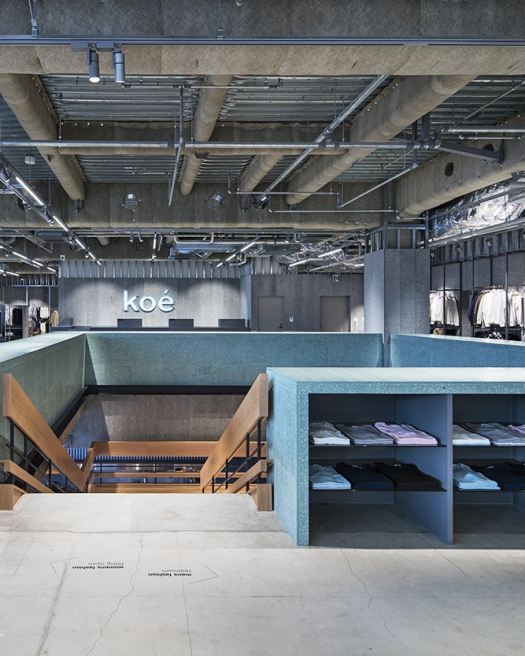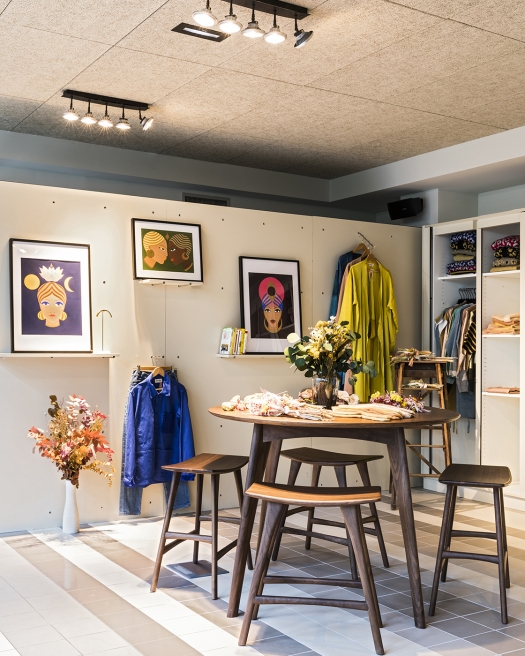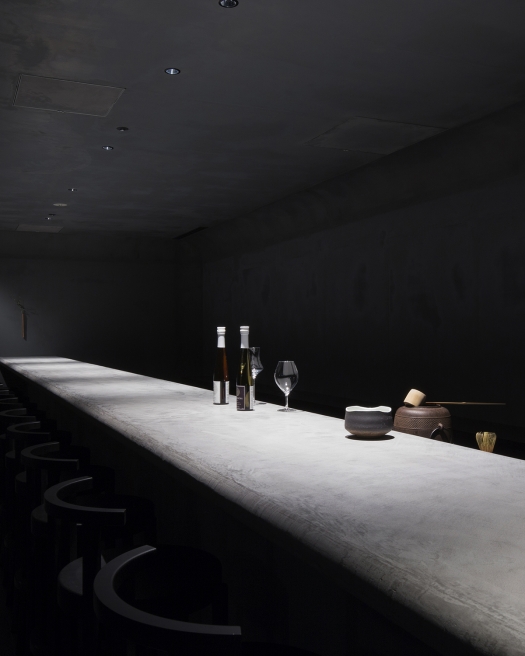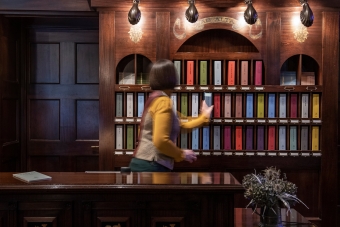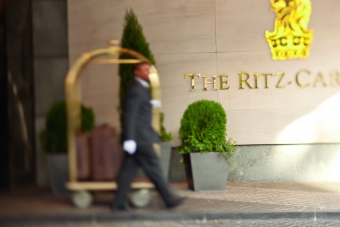The physical makeup of the hotel encompasses the zoning, the customer flow, as well as its interior design. A hotel space must match with its core story: a “rebel story hotel” should be designed differently than “a conservative elite hotel”.
Keep in mind that…
Zoning is the first and most essential step to planning your hotel space, as it greatly impacts the customer experience. Different spaces have different purposes and require sensible placing: a quiet library space will not do well if located next to a busy restaurant or hotel bar. Refining your customer flow allows guests to circulate smoothly between different zones, which reduces stress and can create new opportunities for generating revenue. Interior design should come last in the space design process. The brief should consider the story, as well as both zoning and customer flow. Integrating these variables upstream of the design process lets interior designers focus on aesthetic quality to bring your story to life with the right combination of furniture pieces, textiles, materials and decorative objects.
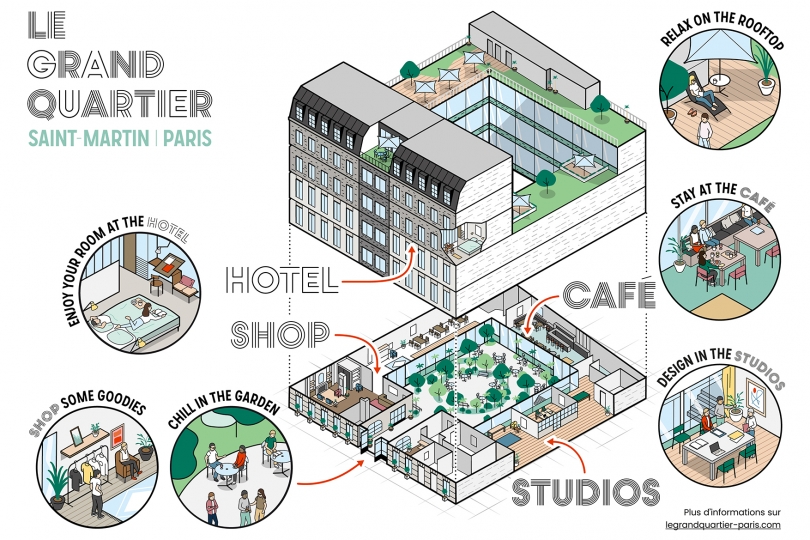

“Your hotel space must be aligned with your core story.”
Watch out!
Consider cultural and social norms when designing a space. Narrow corridors and dim lighting will encourage your guests to be quiet, while a bar area with high stools and loud music will encourage social interaction.
Questions to ask yourself
- Does the zoning of your hotel consider the overall customer flow ?
- How can you use interior design to tell your hotel’s story ?
- How does your physical environment make your guests feel ?
- Are you optimising every square metre of your hotel ?
Get inspired by: Hotel koé Tokyo, Japan
The hotel koé in Shibuya, Tokyo, is a great example of mindful spatial design. Their hotel concept revolves around “new basics for new culture”, merging hospitality, retail, food and entertainment under one roof. The space has been designed to balance efficiency and revenue generation with guest privacy and comfort: the ground floor houses a bar-restaurant-bakery space that draws in outside traffic. Above, the first floor is dedicated to Koé’s eponymous fashion label, while the hotel reception and rooms are located on the upper floors. This protects guests from the hustle and bustle of the street below.
Get inspired by: Le Grand Quartier Paris, France
For our client Le Grand Quartier, an 83-room Parisian property aiming to become a neighbourhood hotspot, we reworked the traditional zoning of a hotel. The reception is generally a focal point, visible from the entrance. Instead, we moved it to the side, allowing local visitors to enter the Grand Quartier without even realising it’s a hotel and encouraging them to use the communal spaces, which include a cafe, a shop, meeting spaces and a lounge area.
